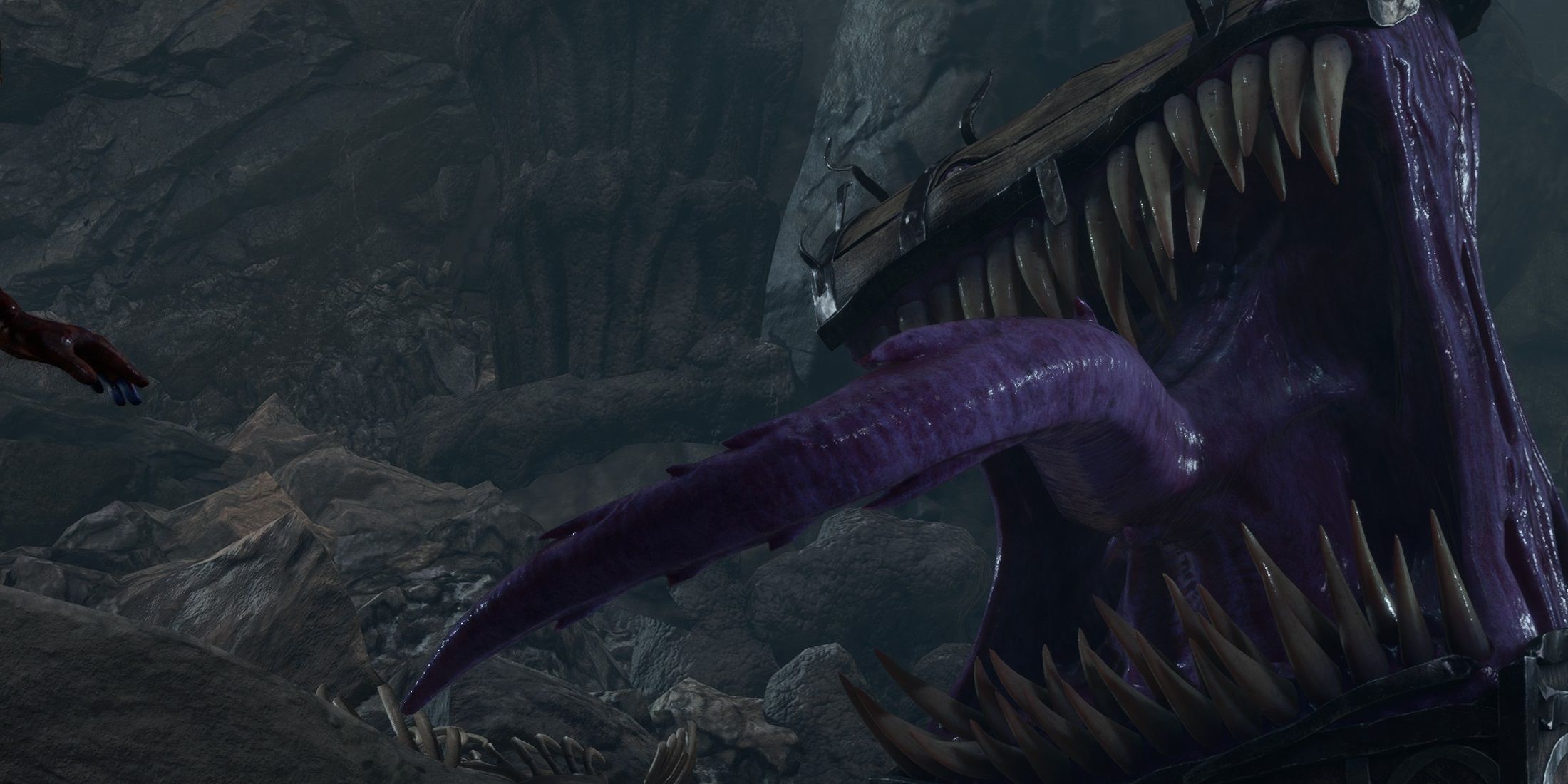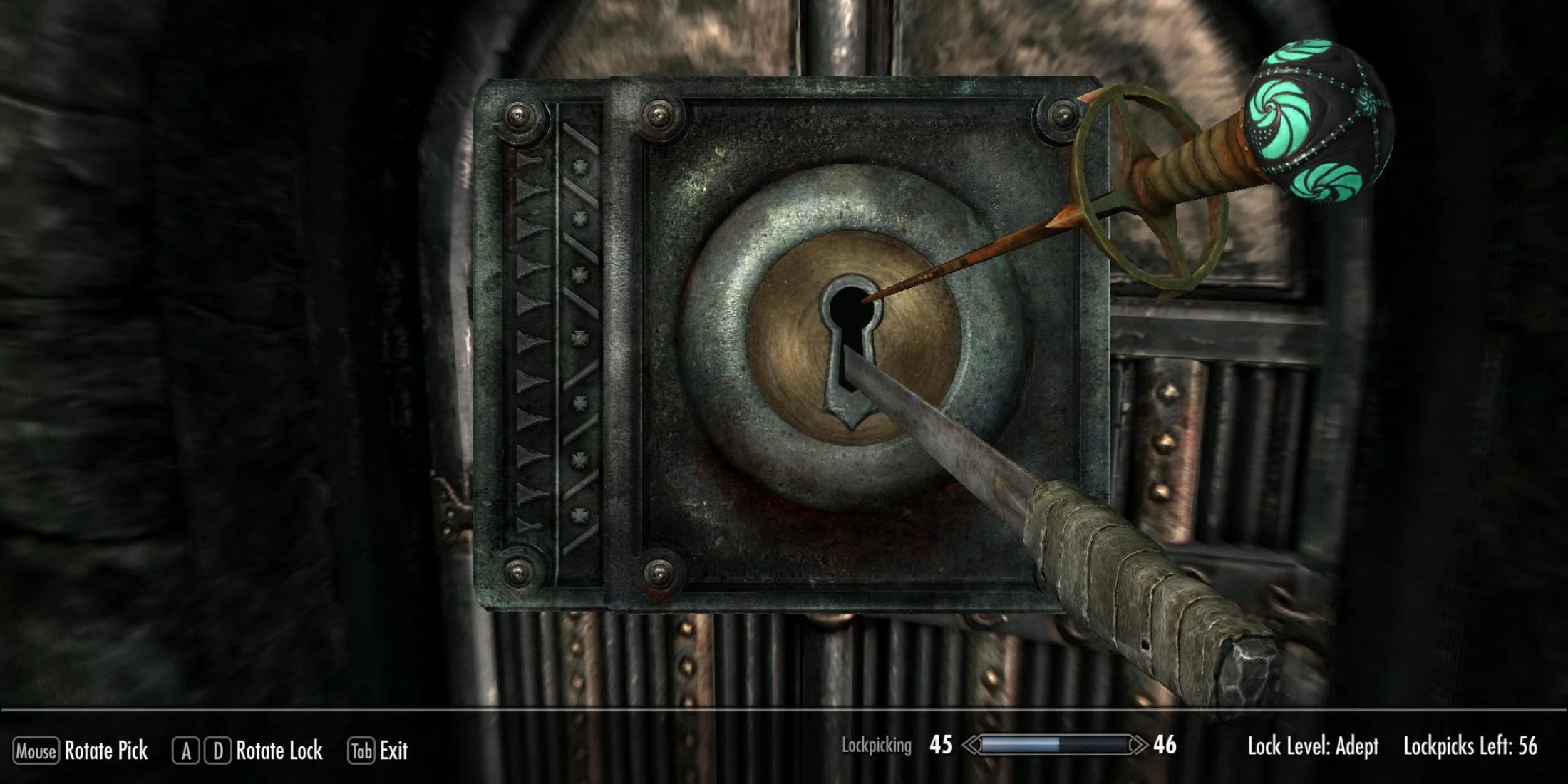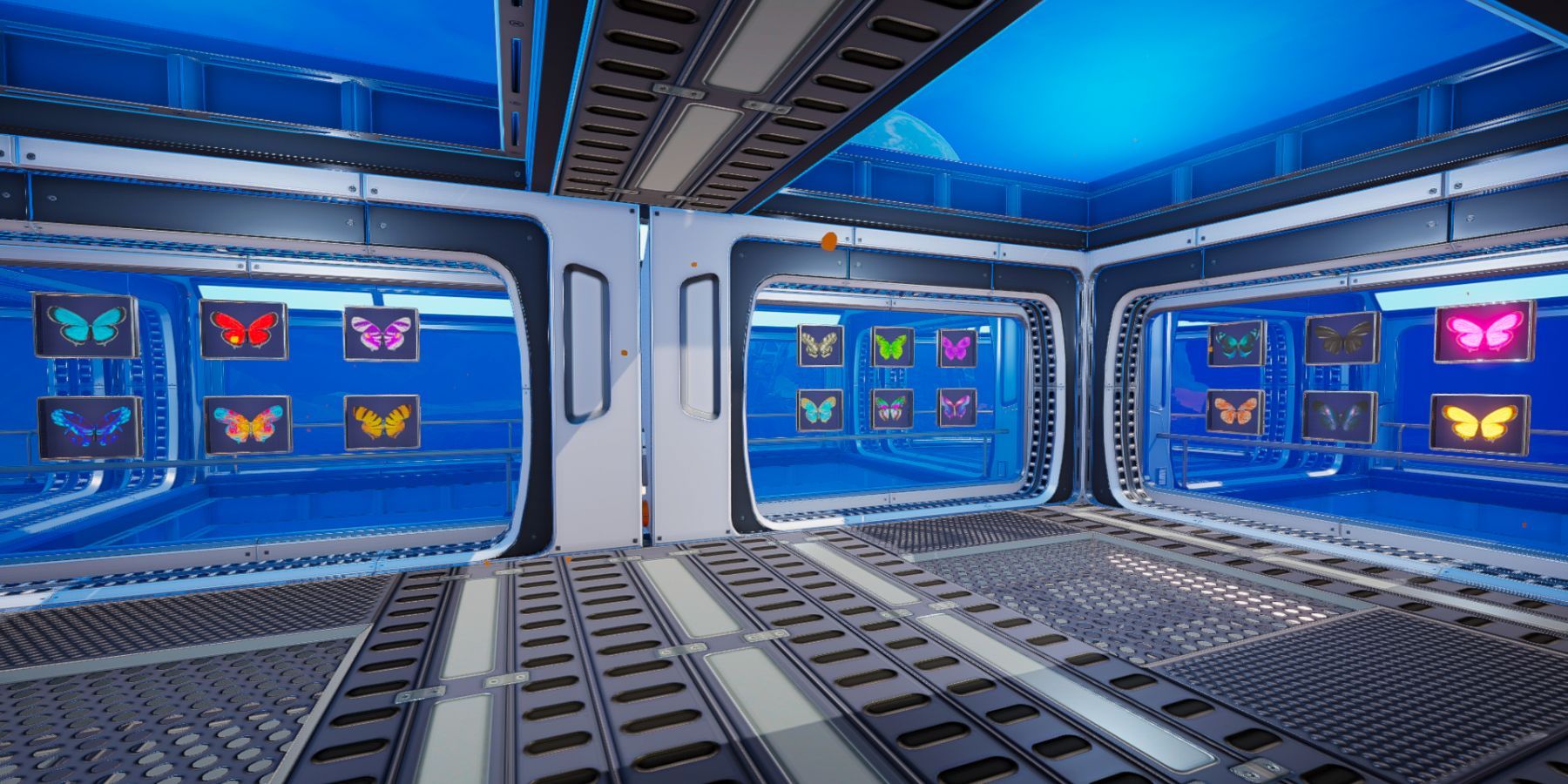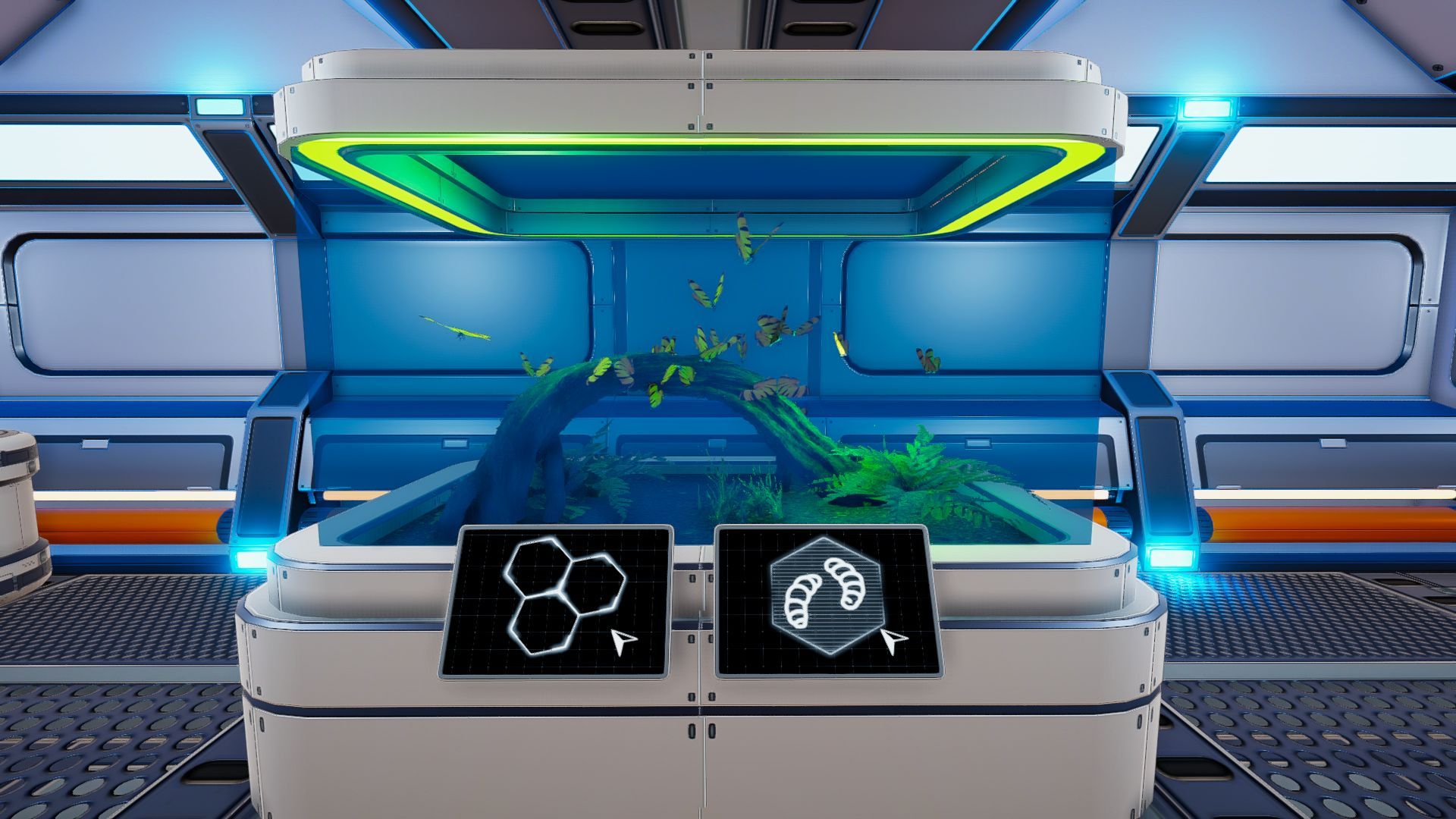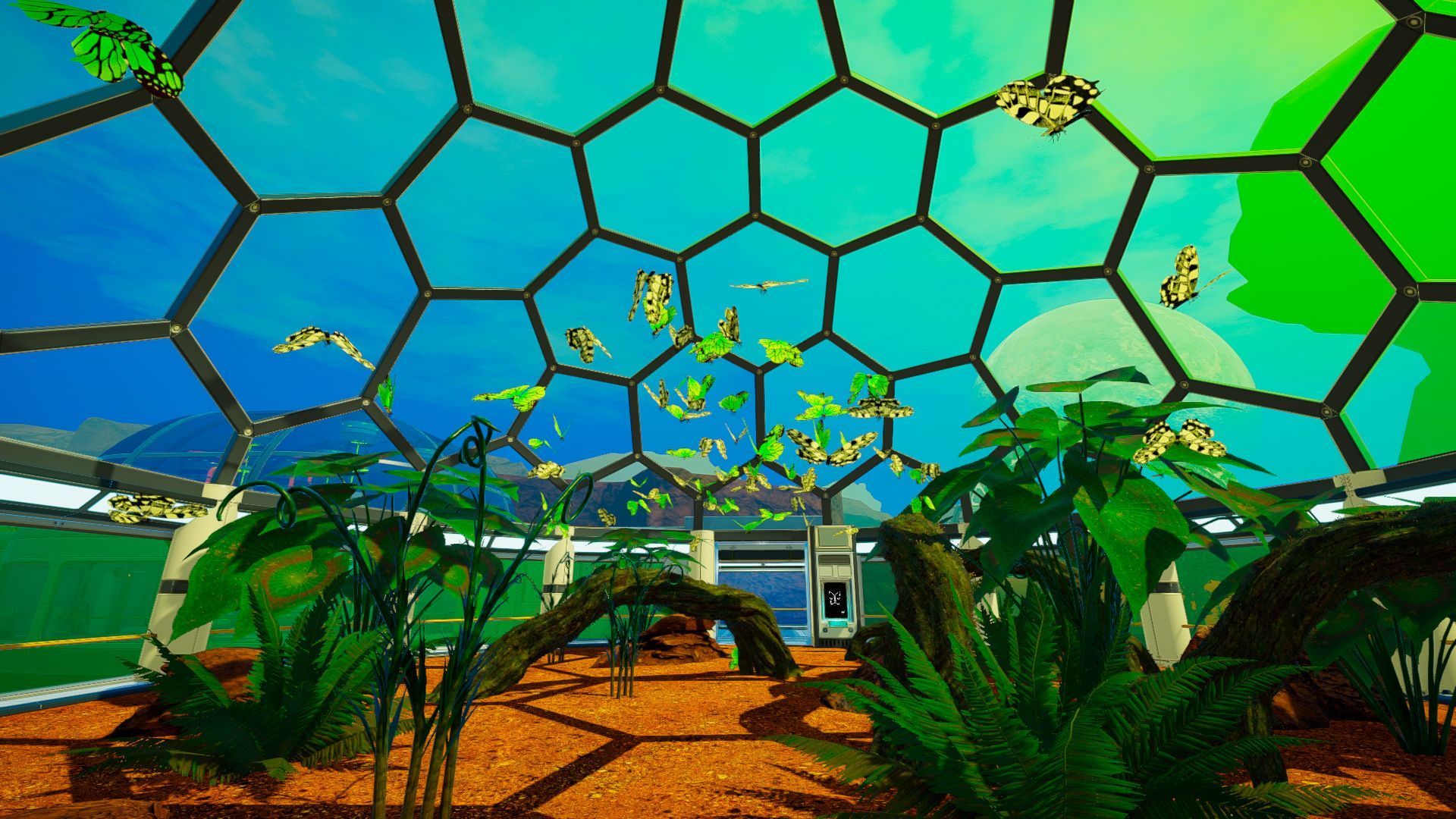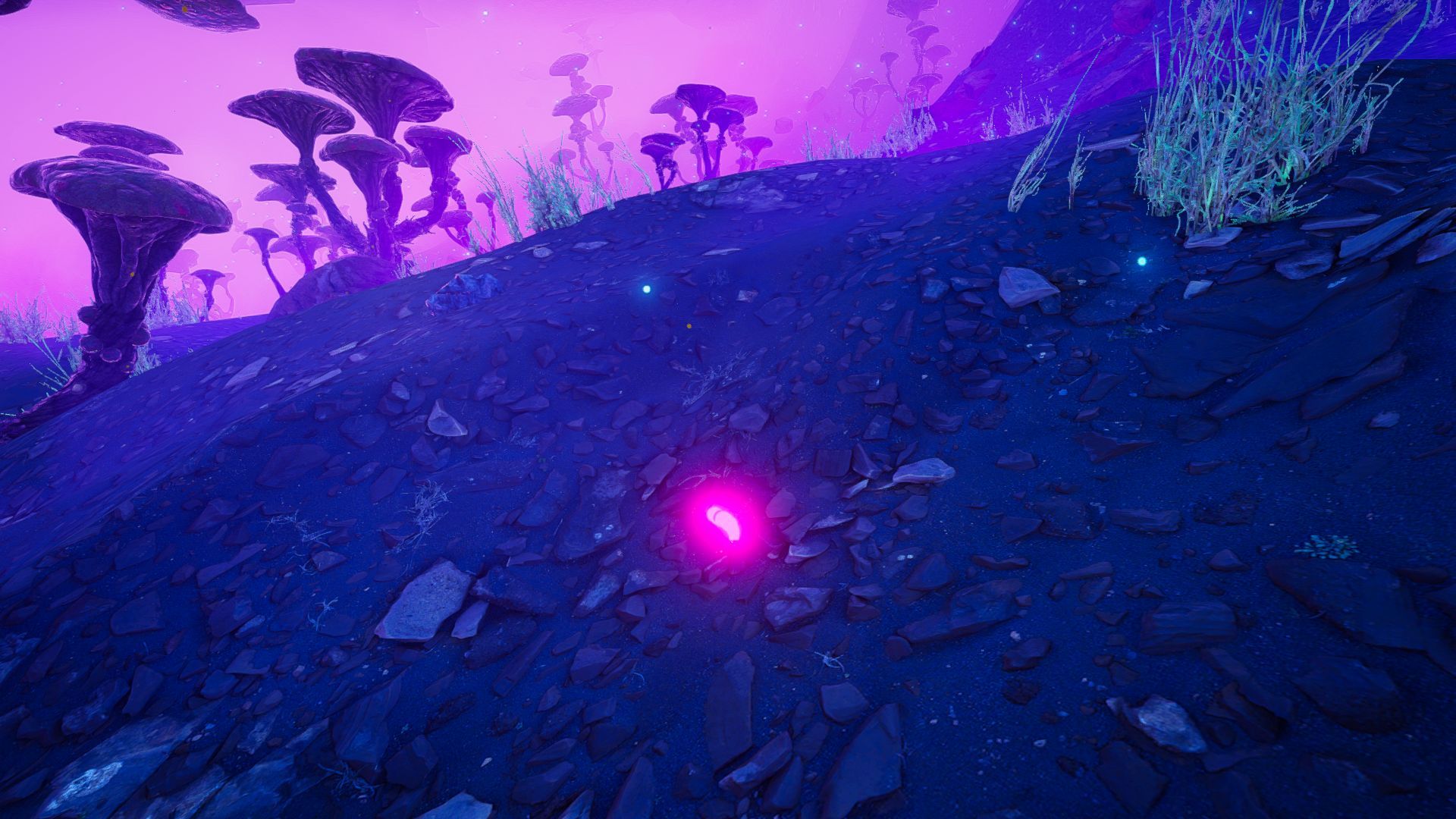Butterflies are a useful (and beautiful) way to increase insect biomass in The Planet Crafter. Players can put them to work in the Butterfly Dome and Butterfly Farms, and they can also collect them and put them in special display boxes.
However, collecting every butterfly variety The Planet Crafter has to offer can be difficult. The game currently contains 18 butterfly species, and players can only craft some of them in an Incubator. Those who want to complete their collection must learn the secrets of the Incubator and explore every corner of the map to gather every variety.
Common Butterflies
There are a total of six butterfly species players can make using the Incubator. However, players who check the recipe list (the left screen) will only see a recipe for the Azurae butterfly. This is because the other five butterfly types are unlisted.
All six common butterfly species use the same recipe: one common larva, one mutagen, and one fertilizer. The result players get is random, but any common larva can become an Azurae, an Empalio, a Leani, a Galaxe, an Abstreus, or a Fensea butterfly. Some of these larvae have a higher insect multiplier than others, and those that do are less likely to appear.
Fortunately, there's a way for players to avoid collecting dozens of common larvae in their attempt to get a Fensea. Players can dismantle every larva the Incubator can create by running it through the Recycling Machine. This means that players can try again using the same resources over and over until they get the larvae they want. This trick also works on silkworms and rare butterfly larvae.
Rare Butterflies
The Incubator can craft another seven butterfly larvae, but these varieties need rare larva instead of common larva and most of them are unlocked by biomass milestones.
- Penga butterflies can be crafted immediately and have an insect multiplier of 230 percent.
- Chevrone butterflies unlock at 550 tons of plant biomass and have a 250 multiplier.
- Aemel butterflies unlock at 870 tons of plants and give a 300 multiplier.
- Liux butterflies unlock at 2 kilotons of plants, and their multiplier is 500 percent.
- Imeo butterflies unlock at 8.4 kt, but they also need mutagen T2 (50 tons of insects) instead of regular mutagen. However, their multiplier is 1000 percent.
- Serena butterflies unlock at 22.1 kt, use mutagen T2, and offer a 1200 multiplier.
- Golden butterflies are another unlisted recipe, which means players can craft them as soon as they unlock mutagen T2. Their multiplier is 1500 percent.
Very Rare Butterflies
Players can find seven more larvae by exploring the map, including five species the Incubator can't make. All these species will only start appearing after players reach the Insect stage of terraformation.
- The Fiorente, Lorpen, and Nere butterflies can appear in the same places as any other larva. They're easy to spot because they're colored red, blue, and green instead of the usual brown, and they all come with an insect multiplier of 600.
- Alben butterfly larvae are completely black and offer a multiplier of 700. Players have reported finding them in the Wasteland (the southeast corner of the map with the terraformer ruins) and the Iridium Mine (the big cave with iridium near the standard start location). Between the two, the Wasteland seems to be the more reliable location.
- Futura butterflies are only found in the Mushroom River, a cave full of mushrooms that connects to the Waterfall and Meteor Field areas on the southern edge of the map. Futura larvae are easy to spot since they glow pink. They also have an insect multiplier of 800.
- In addition to Incubator crafting, players can find Serena and Golden butterfly larvae in the Lost Paradise. This is the last of the Warden Ruins, and players who get enough Warden Keys will find it in the northeast.
Players looking for very rare butterfly larvae can use a few different techniques. First, they can stay in a small area and pick up every larva that spawns in so more will keep appearing. Second, they can walk slowly in large circles through the area they're searching. This gives existing larvae a chance to despawn, and by walking slowly players have a better chance of spotting larvae as they appear.
The Planet Crafter is available now in early access on PC.

